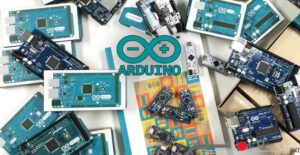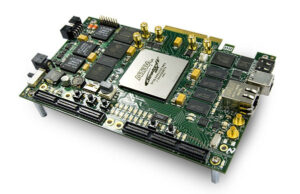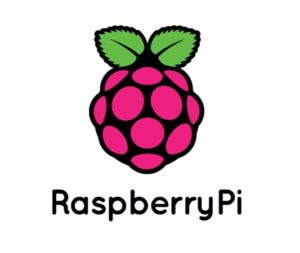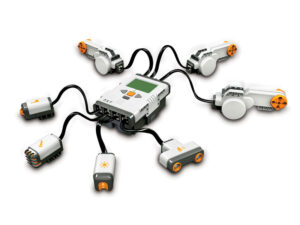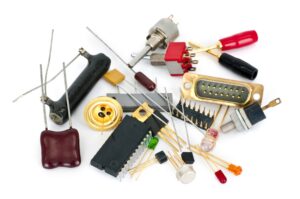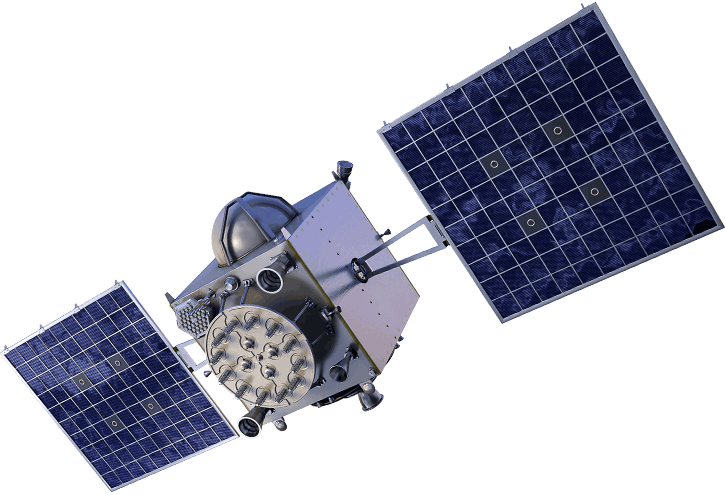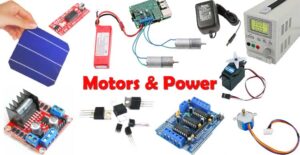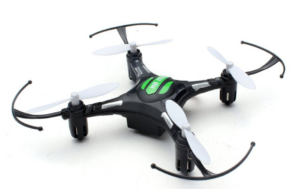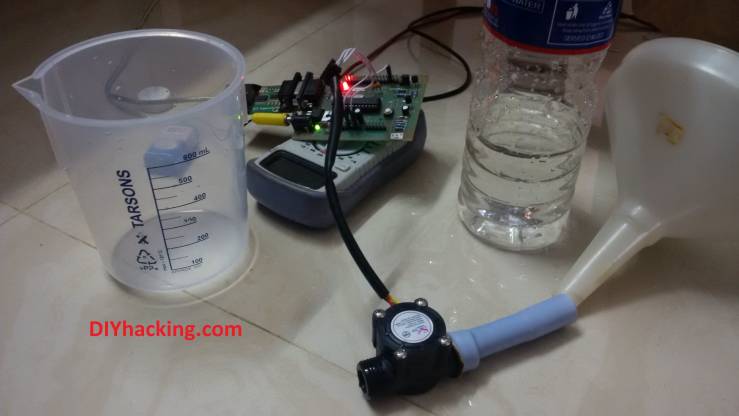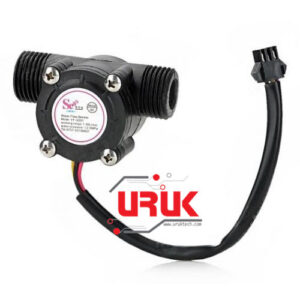Ever wanted to measure liquid flowing through a pipe / container? Wanted to create a control system based on the water flow rate or quantity? For example, while gardening, to measure the amount of water used to water your plants, to prevent wastage, etc. If yes, then this very easy DIY project is for you. Here, step by step instructions are given on how to measure water flow rate and quantity using an Arduino flow rate sensor. Have fun with this DIY hacking tutorial!
What are the stuff required to do this project?
Hardware:
- Arduino / Arduino Clone or make your own custom Arduino board with this
- Water/Liquid flow meter like : Flow meter.
- Connecting wires.
Software:
- Arduino IDE: Arduino
So how does this work?
The Arduino flow meter mentioned in the above link works on the principle of “Hall Effect”. According to which, a voltage difference is induced in a conductor transverse to the electric current and the magnetic field perpendicular to it. Here, Hall Effect is utilized in the flow meter using a small fan/propeller shaped rotor which is placed in the path of the liquid flowing.
The liquid thus pushes against the fins of the rotor, causing it to rotate. The shaft of the rotor is connected to a hall effect sensor. It is an arrangement of a current flowing coil and a magnet connected to the shaft of the rotor. Thus, a voltage/pulse is induced as this rotor rotates. In this flow meter, for every litre of liquid passing through it per minute it outputs about 4.5 pulses. This is due to the changing magnetic field caused by the magnet attached to the rotor shaft, as seen in the picture below. We measure the number of pulses using an Arduino. And then calculate the flow rate in L/hr using a simple conversion formula explained in step 2.
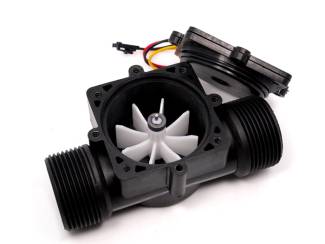
Here, the connections required for this flow rate sensor with respect to Arduino is very minimal. There are only three wires coming from the flow rate sensor. The 5V Vcc (Red wire) , The GND (Black wire) , and the signal/pulse (Usually yellow) line. Connect the Vcc and Gnd of the flow meter to the Arduino’s Vcc and Gnd. The pulse line of the flow rate sensor is connected to Arduino’s digital pin 2. The Arduino’s digital pin 2 serves as an external interrupt pin (interrupt pin 0). Now you have hooked up your flow meter to the Arduino.
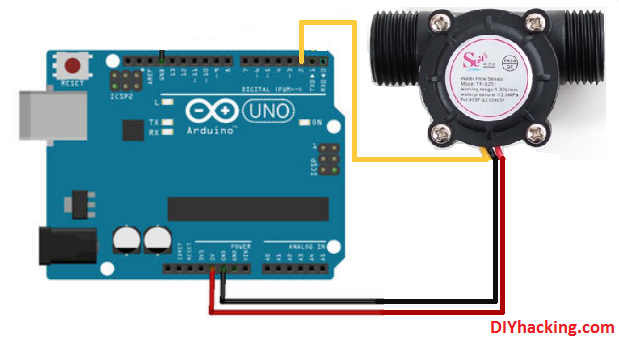
Step 2 : Upload the flow meter code to the Arduino and measure water flow rate
Upload the following code to your Arduino : Flow Meter Code. Here the code uses an external interrupt on Arduino’s digital pin 2. This is used to read the pulses coming from the flow meter. When Arduino detects the pulse, it immediately triggers the pulseCounter() function . This function then counts the total number of pulses.
In this Arduino flow rate sensor, for every litre of liquid passing through it per minute it outputs about 4.5 pulses. Thus, dividing the total pulse count obtained by 4.5 will give you the total amount of liquid passing through it in litres/minute. Further dividing it by 60 will give you the flow rate in litres/hr. And hence the total amount or quantity of water/liquid that has passed through it. The sensor is accurate to within 3%.
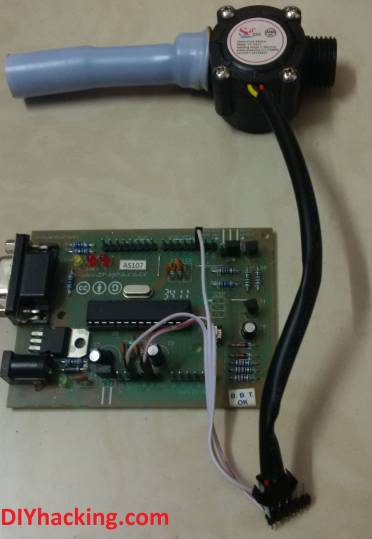
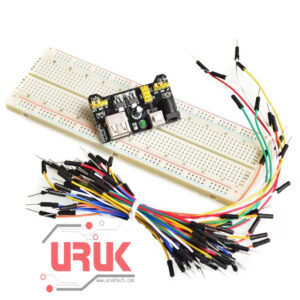 Prototyping Kit
2 × 7,500 د.ع
Prototyping Kit
2 × 7,500 د.ع 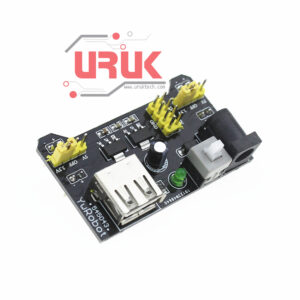 Breadboard Power Module MB102
2 ×
Breadboard Power Module MB102
2 × 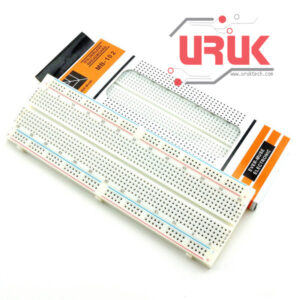 Prototype Breadboard
2 ×
Prototype Breadboard
2 × 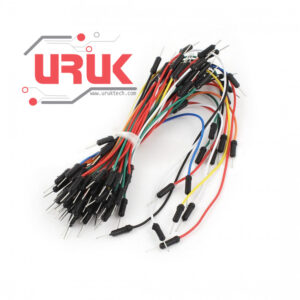 65 Flexible Wire Jumpers
2 ×
65 Flexible Wire Jumpers
2 × 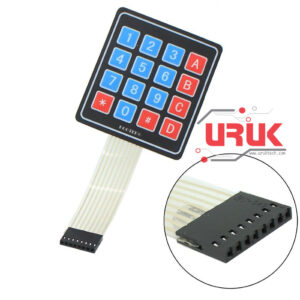 4x4 Matrix Membrane Keypad
1 × 1,750 د.ع
4x4 Matrix Membrane Keypad
1 × 1,750 د.ع 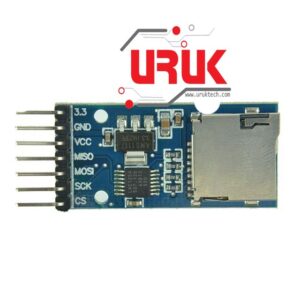 Micro SD TF Card Storage Memory Module with SPI Level Conversion
1 × 2,750 د.ع
Micro SD TF Card Storage Memory Module with SPI Level Conversion
1 × 2,750 د.ع  Arduino Uno SMD
1 × 10,250 د.ع
Arduino Uno SMD
1 × 10,250 د.ع 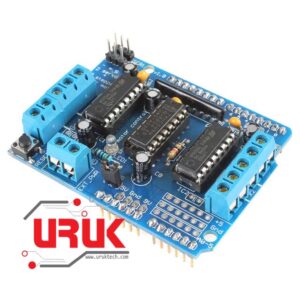 L293D Motor Driver Shield
1 × 5,500 د.ع
L293D Motor Driver Shield
1 × 5,500 د.ع 
